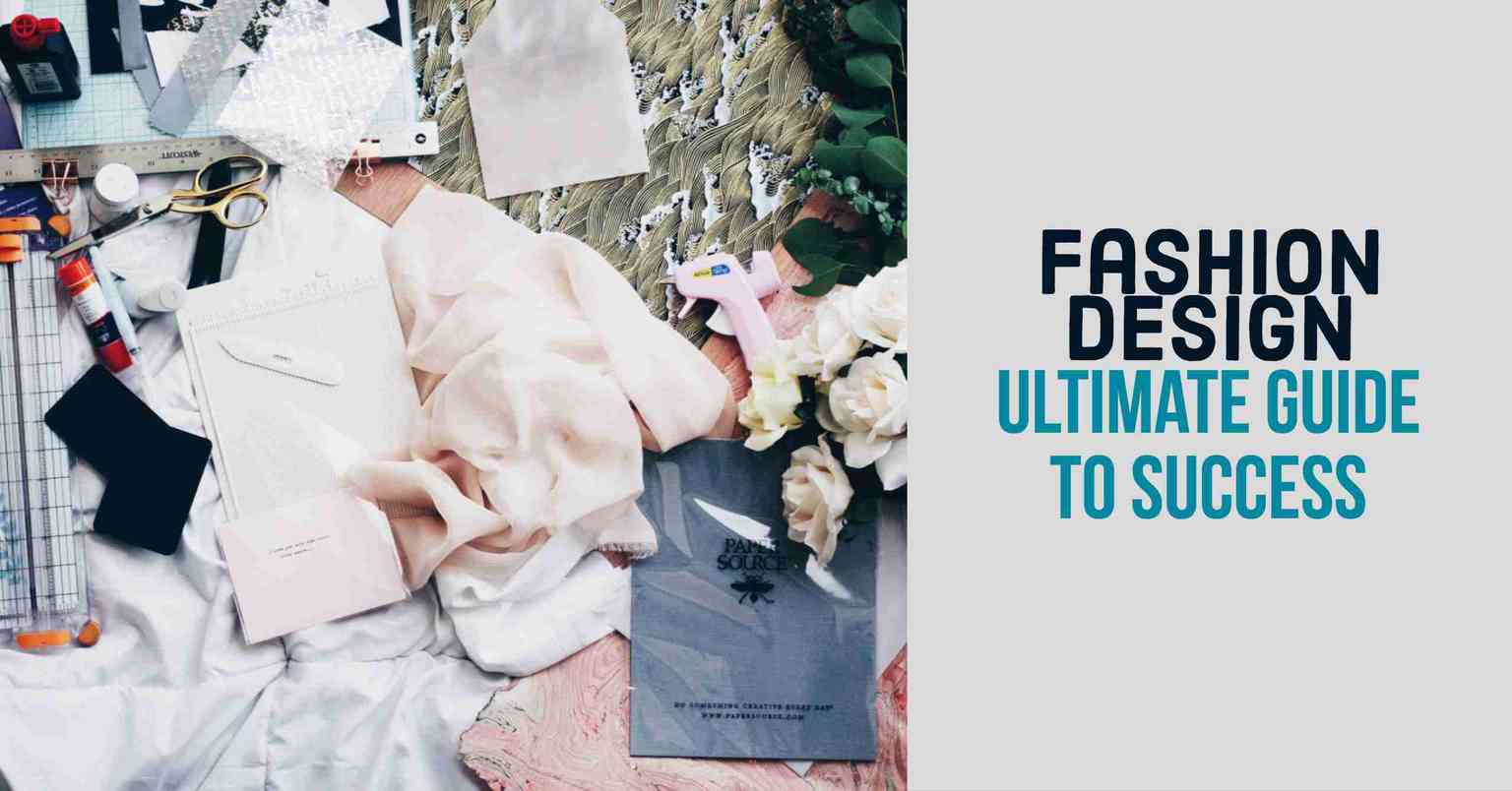

Fashion design Course Overview
Fashion design is interpreting fashion ideas and creating fashion. The world of fashion can be considered a fickle industry as fashion trends change seemingly without explanation or reason. What is fashionable today may not be deemed fashionable in the next few months, but may become fashionable again in 10 years' time.
What will you study?
A course in fashion design will give you a solid foundation in fashion and design principles, which include the practical tasks of pattern-making and garment construction. It also covers complementary aspects such as materials, technology and business (that is, retailing and merchandising). You can choose to specialise in areas that enhance the fundamental skills of fashion design and business: for example, in computer-aided design or computer-aided manufacturing.
Core subjects
Apparel manufacturing and production; business and general education (retail and merchandising, etc); colours; computer-aided fashion design; fabrics from around the world; fashion design principles; fashion technology; material science.
Typical course duration
Fashion design degrees take at least three years to complete.
Prerequisites
Most universities have no specific subject requirements, though you should have an aptitude for creative design.
What do graduates do?
Aside from being a fashion designer - either self-employed or part of a fashion house - a fashion design graduate can work as a buyer, consultant, fashion stylist, retail merchandiser or in marketing.